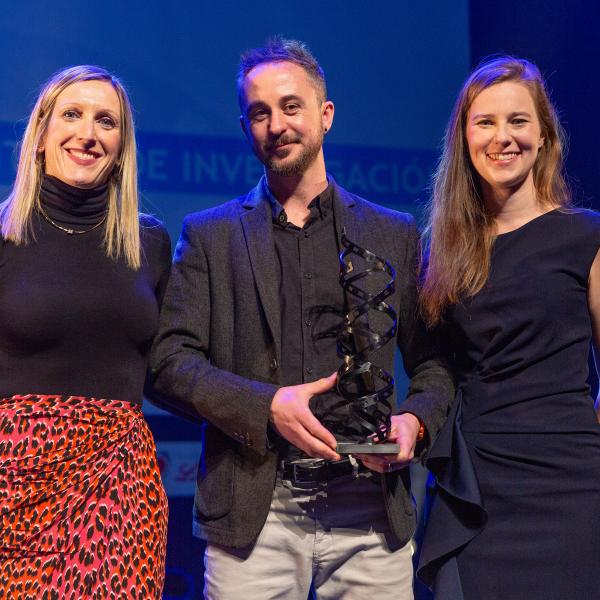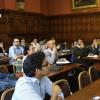Beta2 oscillations (23-30 Hz) in the mouse hippocampus during novel object recognition.
The oscillatory activity of hippocampal neuronal networks is believed to play a role in memory acquisition and consolidation. Particular focus has been given to characterising theta (4-12 Hz), gamma (40-100 Hz) and ripple (150-250 Hz) oscillations. Beyond these well-described network states, few studies have investigated hippocampal beta2 (23-30 Hz) activity in vivo and its link to behaviour. A previous sudy showed that the exploration of novel environments may lead to the appearance of beta2 oscillations in the mouse hippocampus. In the present study we characterised hippocampal beta2 oscillations in mice during an object recognition task. We found prominent bursts of beta2 oscillations in the beginning of novel exploration sessions (four new objects), which could be readily observed by spectral analysis and visual inspection of local field potentials. Beta2 modulated hippocampal but not neocortical neurons and its power decreased along the session. We also found increased beta2 power in the beginning of a second exploration session performed 24 h later in a slightly modified environment (two new, two familiar objects), but to a lesser extent than in the first session. However, the increase in beta2 power in the second exploration session became similar to the first session when we pharmacologically impaired object recognition in a new set of experiments performed 1 week later. Our results suggest that hippocampal beta2 activity is associated with a dynamic network state tuned for novelty detection and which may allow new learning to occur.
2014. Eur J Neurosci, 40(11):3693-703.

Rob Key (middle; representing Oxford Sparks) and Demi Brizee (right; representing the MRC Brain Network Dynamics Unit) receive the award for Best Film Produced by Universities and Research Institutes.
Photo credit: Manuel Castells Clemente / #LabMeCrazy! International Film Festival
